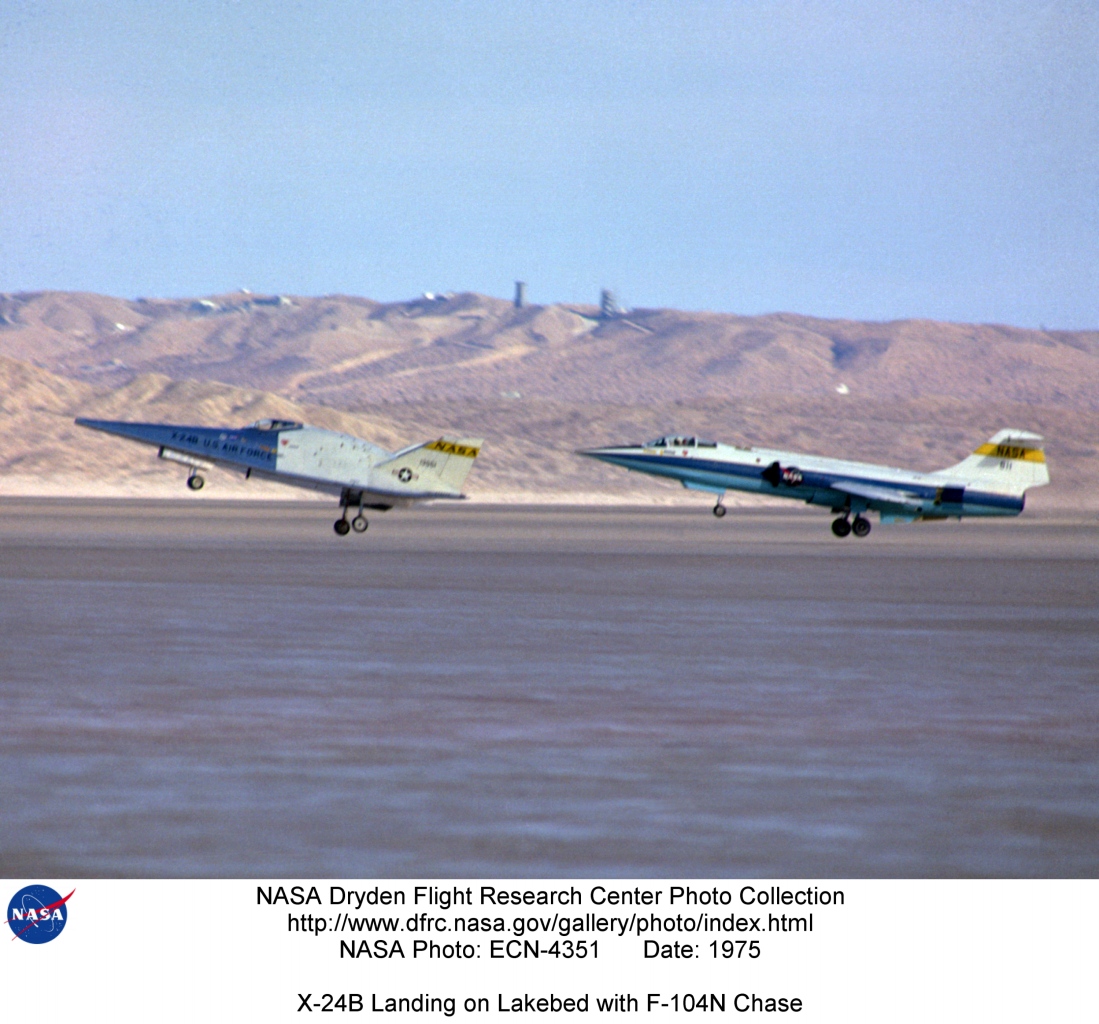I always thought it was odd that I had to record interest I was paid on money in my savings account as income.
Okay, sure, it’s “income” in that it’s money coming into my hands, but the more I have in the bank for the bank to use to create more money (through the magic of fractional reserve banking, which we’ll cover another day), the better for society as a whole, right? And then as banking fees became more prevalent — because they weren’t making enough money off of the money people already had on deposit — it seemed even more ridiculous to pay the government for the privilege of having a savings account. I guess a case might be made that we’re paying for the deposit insurance, but I’m skeptical.
Contrast the fact that interest received is taxable “income” with the standard advice that everyone should have six months’ income in savings for use in emergencies. It’s free money for the government, so to speak, but hardly an incentive to maintain a “rainy day” fund.
So I propose that there be no tax at all on interest earned on savings accounts if the total amount in savings is equal to or less than 50% of adjusted gross income. In other words, your rainy day savings remain tax free if they include up to a half-year’s pay — and if you start earning more, then you can save proportionally more.
The same principle could be applied to corporations, with respect to their cash reserves — the idea being that people and corporations should be able to maintain, without penalty, reserves against fluctuations in financial markets. Imagine how the current economic situation would be different if businesses, when short-term credit became harder to obtain, could have fallen back on cash reserves to keep paying employees and placing orders.
Would more people store up emergency funds if the interest was non-taxable? I don’t know. In our consumer-driven economy, maybe not. But at least they wouldn’t be penalized for having a little bit of savings.
___
As we wrote yesterday, the “Raleigh Tax Day Tea Party” will be held on Wednesday, April 15th (of course), from 6:30 – 8:30 p.m. at the North Carolina State Capitol. It’s part of the national grassroots “Tea Parties” movement, consisting of events in cities across the country to voice opposition to the stimulus package, which will stimulate less than its proponents think and saddle our citizens and our descendents with even more unreasonable amounts of debt.









